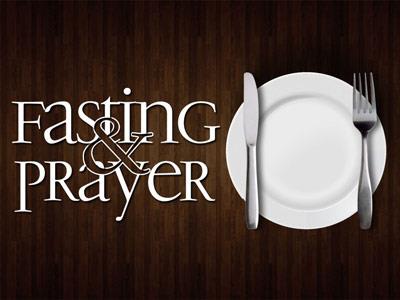-
The Lord's Prayer (Part 1) Series
Contributed by John Hamby on Jun 6, 2011 (message contributor)
Summary: Examines the first three petitions in the Lord's prayer - that are concerned with God’s glory.
The Lord’s Prayer
Part I
Almost all of our prayers begin by rushing into a series of requests in which we pour out to God our problems, our needs, our irritations. Unfortunately this only reinforces the focus of our attention on what is troubling us and our inability to remedy it. It could be that is at least part of the problem of why we are more depressed and frustrated after we pray than before.
Alan Redpath sums up how many feel even when they have prayed, “When we have finished our praying we can scarcely bring ourselves to believe that our feeble words can have been heard, or that they can have made no difference in the things concerning which we have been praying. We’ve said our prayers but we have not prayed.” [Alan Redpath. “Victorious Praying: Studies in the Lord’s Prayer.” (Grand Rapids: Fleming Revell, 1993) p. 12]
The Disciples themselves must have felt some-what the same way for they came to Jesus and said, according to Luke’s account, “Lord teach us how to pray.” (Luke 11:1) It was in response to the request to “teach them how to pray” that the Lord gave what is most commonly called “The Lord’s Prayer.”
Matthew tells us in verse nine that Jesus said, “In this manner, therefore, pray: Our Father in heaven, Hallowed be Your name. (10) Your kingdom come. Your will be done On earth as it is in heaven. (11) Give us this day our daily bread. (12) And forgive us our debts, As we forgive our debtors.(13) And do not lead us into temptation, But deliver us from the evil one. For Yours is the kingdom and the power and the glory forever. Amen” (Matthew 6:9-13)
There are some who argue that this should not be called the Lord’s Prayer but that the prayer recorded in John 17 more rightful deserves that title. Yet because this great prayer has been called “The Lord’s Prayer” for almost 2,000 years it is pointless to think we will change it now. But whether you call this the “Lord’s Prayer,” the “Disciples Prayer” or the “Model Prayer” doesn’t matter much as long as we recognize that it given by Jesus as a model for all true prayer.
The Lord’s Prayer was given to us as the Lord’s pattern for prayer that is acceptable to God. The Lord’s Prayer was given to show the Disciples how to pray, that is how they should go about praying, not just the words they should use. Jesus begins by saying, “In this manner” or “Pray like this” or “When you pray, say this.”
It is particularly ironic that the Lord’s Prayer is often mindlessly repeated, given that Jesus warned in verses 7 and 8 against the dangers of meaningless repetition. Two truths seem apparent. First, he does not want us to repeat any prayer again and again. There is a difference between much talking and much praying. Secondly, he wants us to know that God does not hear us based on the length of our prayers. Some of the world’s most effective prayers have been short.
The Lord’s Prayer is made up of six or seven petitions (depending on how the prayer is divided); the first three petitions are called the “Your Petitions” because they begin with the word “Your” and they center on God’s glory.
Your name be hallowed
Your kingdom come
Your will be done
The final set of four petitions is called the “Us Peti-tions,”focusing on our needs.
Give us our daily bread
Forgive us our debts
Lead us not into temptation
Deliver us from the evil one.
In this and the following message I want us to examine the Lord’s Prayer as a pattern for prayer by looking at each of the seven petitions one at a time. In this message we will examine the first three petitions that are concerned with God’s glory and in the next message we will concentrate on the four final petitions addressed to the believer’s needs.
But before we examine the petition we need to note that the Lord’s Prayer begins with the phrase, “Our Father who art in Heaven.” That is not that we would merely say the words, but that we believe that God is our Father and we would relate to Him as a Father. One cannot really pray the Lord’s Prayer without first esta-blishing a relationship through faith in Jesus Christ and being born into the family of God. This part of the prayer cuts through the false doctrine of the universal fatherhood of God (that God is the father of all men). God is uniquely the father of the Lord Jesus Christ and becomes the father of those who believe on Christ. The Apostle John wrote, “But as many as received Him, (that is Christ) to them He gave the right to become child-ren of God, to those who believe in His name.” (John 1:12) All true prayer begins with an awareness of the ability to claim a relationship with God.

 Sermon Central
Sermon Central



